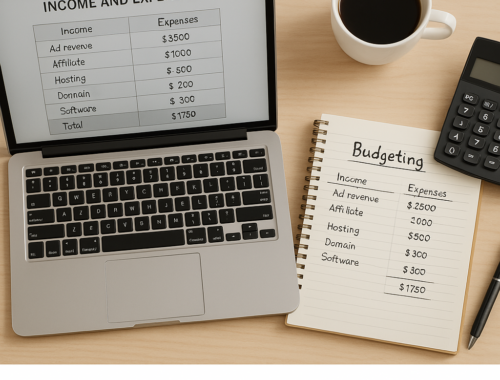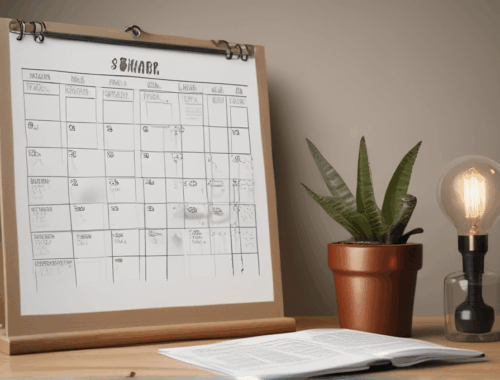
Evaluating Learning Outcomes from Your Courses
 Embracing the Power of Evaluating Learning Outcomes
Embracing the Power of Evaluating Learning Outcomes
Learning is an ongoing journey, and measuring our progress is crucial. It’s like marking milestones along the way. In the world of education, evaluating learning outcomes is more than just a routine; it’s a pathway to understanding what works and what doesn’t, and ultimately, it’s about crafting better learning experiences for our students.
1. Set Clear Learning Objectives
It all begins with setting the right goals. Imagine you are preparing to grow a garden. You know you want to harvest tomatoes and basil, but do you know how much sunlight your basil needs and what variety of tomato works best in your area? By setting clear learning objectives, you can plan the right garden (course content, learning activities, assessments, etc.), ensuring success.
2. Design Engaging Learning Activities
Once you know your objectives, the next step is designing activities that are engaging and aligned with your goals. It’s like designing the garden layout. You might use different gardening tools: seeds, soil, watering can, and sunlight. You need to make sure they are well-balanced, as different activities work for different learners.
3. Gather Diverse Data
Data is the soil where your garden grows. Collect a variety of data to assess learning outcomes, such as pre- and post-assessments, assignments, student feedback, and classroom observations. This diversity helps you understand the different ways your students learn and grow, just like different types of soil and sunlight help a garden flourish.
4. Analyze the Data and Look for Patterns
Now it’s time to analyze your garden, looking for patterns in growth. Just like a gardener observes how different elements of the garden impact growth, analyze your data to look for trends. Are there certain activities that consistently result in high student engagement and learning? This data-driven approach can help you refine your course design.
5. Reflect and Adjust
Finally, reflect on your gardening journey. You’ve learned what worked and what didn’t, and now you can adjust your garden to improve the harvest. In the same way, use your learning outcomes data to make course improvements. Your students will benefit from a more tailored and effective learning experience.
Evaluating learning outcomes is a powerful tool. It can help you understand what you’re doing well and what you need to improve. By setting clear learning objectives and designing engaging activities, gathering and analyzing data, and reflecting on the results, you can craft a more effective and student-centered course. Take action today – set clear goals, gather data, and reflect on your successes and challenges. Remember, learning is a journey, and with the right tools and mindset, you can grow and flourish in the garden of education.
Call to Action:
Evaluate your learning outcomes today and start refining your course. Share your findings with colleagues, and let’s work together to create more engaging and effective learning experiences.
You May Also Like

How to track your blogging income and expenses
April 4, 2025
[object Object]
August 4, 2025


